10+ Sample Work Log in MS Word
-

Work Log Template
download now -
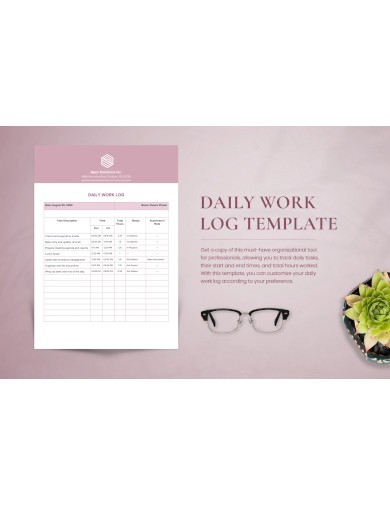
Daily Work Log Template
download now -
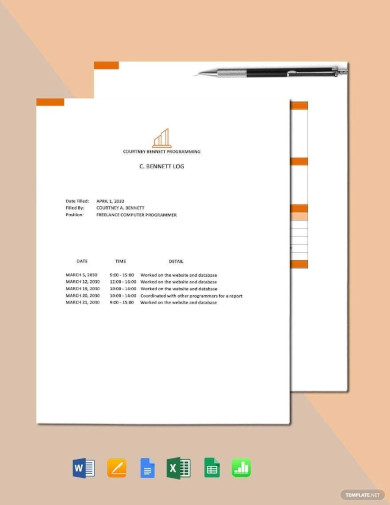
Freelance work Log
download now -
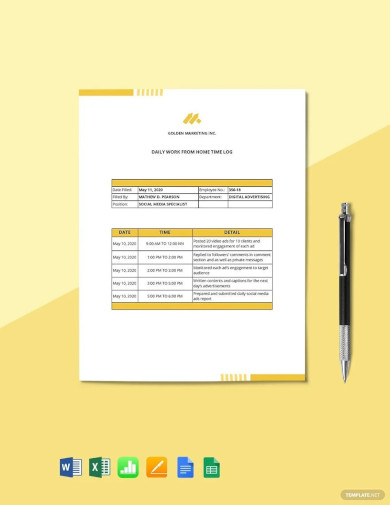
work From Home Time Log
download now -
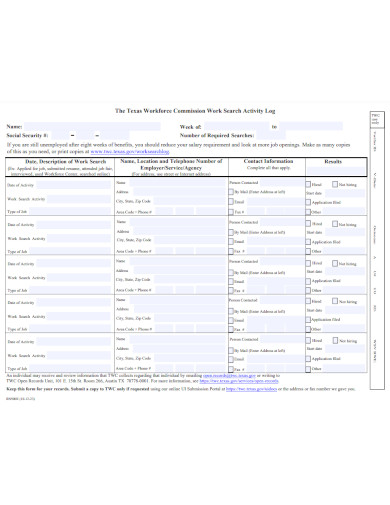
Sample Work Search Log
download now -
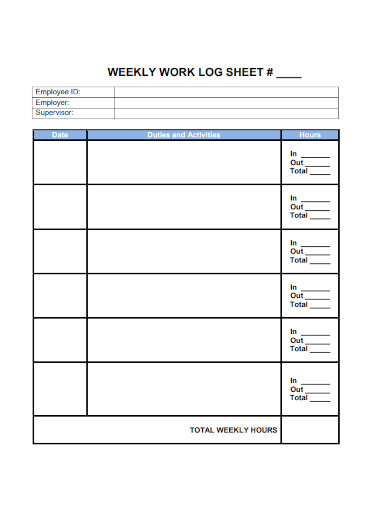
Weekly Work Log Template
download now -
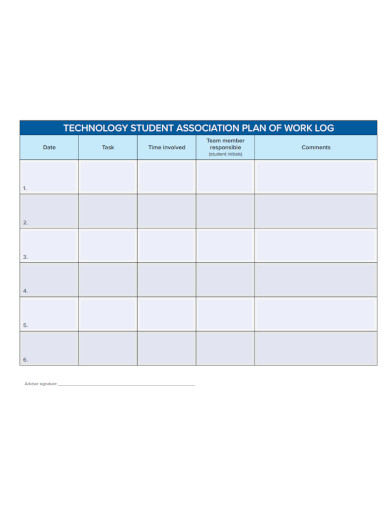
Plan Work Log
download now -
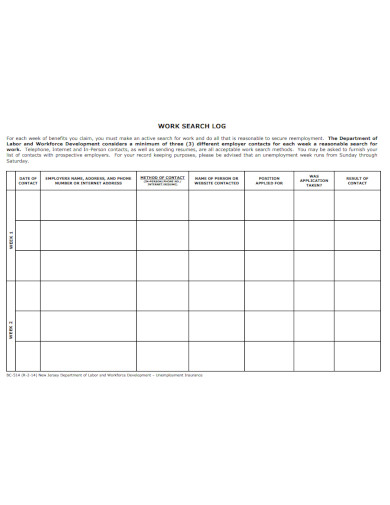
Work Search Log
download now -

Community Service Work Log
download now -
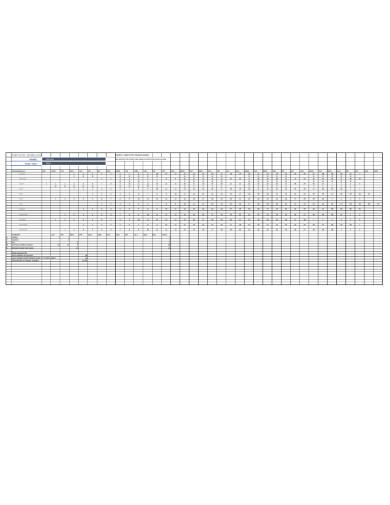
Employee Work Log
download now -
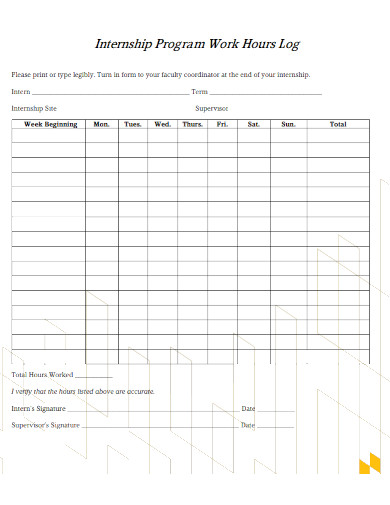
Internship Program Work Hours Log
download now
What is Sample Work Log?
A sample work log, in the context of your website and content, refers to a sample document or template that demonstrates how to log and track work-related activities, tasks, or projects. It serves as an example or a model that individuals or businesses can use to maintain a record of their work activities, helping them organize and manage their time more effectively.
These work logs typically include details such as the date and time of tasks, descriptions of the work performed, project names, and any additional relevant information. The goal is to provide a structured way to monitor and assess work progress, enhance productivity, and ensure that tasks are completed efficiently.
You May Also See SAMPLE Workout Logs, SAMPLE Client Log.
How do You Write a Work Log?
Writing a work log is a straightforward process that involves recording information about your daily work activities and tasks. Here’s a step-by-step guide on how to write a work log:
Choose a Format: Decide whether you want to use a digital tool, a spreadsheet, a physical notebook, or a work log template. The format you choose should be convenient for you to maintain.
Include Basic Information: Start by noting the date, day of the week, and the specific time you begin recording your work log.
List Your Tasks: Enumerate the tasks or activities you plan to work on for the day. Be specific and use clear descriptions.
Log Your Activities: As you work through your day, jot down the start and end times of each task, along with a brief description of what you did. Include any milestones or accomplishments.
Be Consistent: Update your work log regularly, preferably in real-time or at the end of each task or project. Consistency is key to maintaining an accurate record.
Record Breaks: Include breaks and downtime in your work log to account for all aspects of your workday.
Include Additional Details: Depending on your needs, you may want to add extra information such as project names, client details, or any challenges you faced.
Summarize Your Day: At the end of the day or week, summarize your work log by highlighting key accomplishments and any pending tasks or to-dos for the next day.
Review and Analyze: Periodically review your work logs to assess your productivity, identify areas for improvement, and track your progress over time.
Make Adjustments: Use the insights gained from your work log to make necessary adjustments to your work habits and routines.
You May Also See SAMPLE Tracking Logs, SAMPLE Time Logs.
How do I Create a Worklog in Excel?
Creating a work log in Excel is a convenient way to track your daily tasks and activities. Here’s a step-by-step guide on how to set up a work log in Microsoft Excel:
1. Open Excel: Launch Microsoft Excel on your computer.
2. Create a New Workbook: Click on “File” and select “New” to create a new workbook.
3. Set Up the Work Log Sheet:
- In the new workbook, you can set up a work log sheet in the following way:
- In the first row, create column headers for the information you want to track. Typical headers include “Date,” “Start Time,” “End Time,” “Task/Activity,” “Description,” and “Notes.
- Adjust the column widths and formatting to your preference for readability
- You may also want to create additional columns for specific information relevant to your work.
4. Enter Data:
- Below the column headers, start entering data for each day.
- Fill in the “Date” column with the date of each entry.
- In the “Start Time” and “End Time” columns, record the time you begin and end each task.
- In the “Task/Activity” column, provide a description of the task or activity.
- Use the “Description” column for more detailed information about what you did.
- The “Notes” column can be used for any additional comments or remarks.
5. Formatting and Style:
- You can format your work log to your liking, such as changing fonts, adding borders, or using cell shading to make it more visually appealing.
6. Data Validation (Optional):
- To ensure data accuracy, you can set up data validation rules to restrict the type of input allowed in certain columns. For example, you can restrict time entries to specific formats.
7. Totaling Time Worked (Optional):
- If you want to calculate the total time worked each day, create a separate column at the end and use Excel functions to calculate the differences between start and end times.
8. Save Your Work:
- Save your Excel workbook to your preferred location on your computer or cloud storage.
9. Regularly Update and Review:
- Continuously update your work log as you complete tasks and activities.
- Periodically review and analyze your work log to track your productivity and make improvements.
You May Also See SAMPLE Tracking Logs.
How do I Log Work Tasks?
Logging work tasks involves keeping a record of your daily activities, which can be particularly helpful for time management, productivity, and tracking your progres report. Here’s a step-by-step guide on how to log work tasks effectively:
1. Select a Logging Method:
Choose a method that works best for you, whether it’s a digital tool, a physical notebook, a spreadsheet, or a task management app.
2. Set Clear Objectives:
Before you start logging tasks, have a clear understanding of your goals and what you want to achieve. This will guide your task selection.
3. Create Categories or Projects:
If you have multiple projects or categories of tasks, organize your log by creating sections for each project. This helps maintain clarity and organization.
4. Record Task Details:
For each task you work on, record the following details:
Date: The date the task was performed.
Start Time: When you began the task.
End Time: When you completed the task.
Task Description: A brief description of the task or activity.
Additional Details: Include any relevant information like project names, clients, or specific instructions.
5. Stay Consistent:
Consistency is key. Make it a habit to log tasks as you start and finish them, or at the very least, record them at the end of the day.
6. Review and Reflect:
Regularly review your logged tasks to track your progress and ensure you’re meeting your objectives. Reflect on what’s working well and what needs improvement.
7. Prioritize Tasks:
Use your work log to prioritize tasks. Identify the most critical and urgent items to work on next.
8. Set Realistic Goals:
Set achievable goals for each day or week based on your task log. This helps you manage your time effectively.
9. Use Tools and Apps (Optional):
Task management tools or apps like Trello, Asana, or Todoist can streamline the task logging process and offer additional features like reminders and collaboration.
10. Analyze and Adjust:
Periodically analyze your task log to identify trends, areas for improvement, and opportunities for efficiency.
11. Seek Feedback (Optional):
If you work in a team, consider sharing your task log or discussing it with colleagues or supervisors to improve workflows.
12. Stay Adaptable:
Be open to adjusting your task logging method or the details you record based on your evolving needs.
How do I Make a Daily Work Log
Date and Day: Begin your daily work log by noting the date and the corresponding day of the week.
Task List: Under the “Task List” section, you can record the tasks and activities you plan to complete throughout the day.
Start and End Times: Next, include a space to document the time you start and finish working on each task.
Task Descriptions: Beside each task, provide a brief description to outline the nature and purpose of the activity.
Notes/Comments: Allow for a section where you can add any extra comments, notes, or observations related to your tasks or your day’s progress.
You May Also See SAMPLE Client Log, SAMPLE Research Log.
How do I create a work log?
To create a work log, choose a format (digital or physical), set up a template with date, task descriptions, start and end times, and notes sections. Update it consistently as you work on tasks.
What should I include in my work log?
Your work log should include the date, start and end times of tasks, descriptions of activities, and any relevant notes or comments. You can also customize it to include project names, client details, or other information that’s important to your work.
In conclusion, mastering the art of maintaining a work log is the key to unlocking improved time management and productivity. This comprehensive guide has equipped you with the essential tools and insights to create and utilize a work log effectively. By consistently recording your tasks and reflecting on your progress, you’ll pave the way for enhanced efficiency and success in your professional endeavors.
